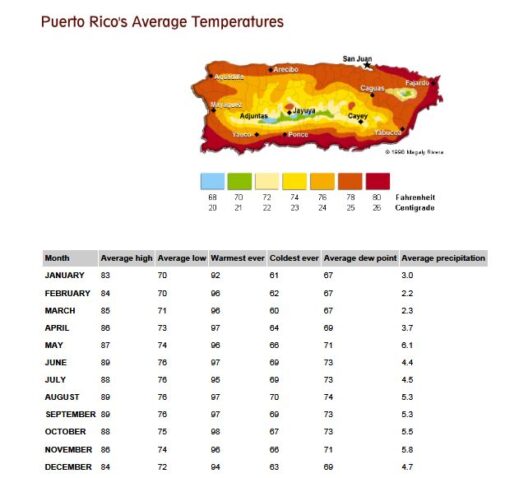Isn’t it fascinating to ponder the paradox of solar power? While it is unequivocally lauded as a sustainable alternative to fossil fuels, one might wonder: does solar power actually contest in the battle against global warming, or could it potentially exacerbate the issue? This query invites us to dive deeply into the interplay between solar energy and the climate crisis, evaluating not just the benefits but also the possible repercussions of this rapidly growing technology.
The primary allure of solar power lies in its ability to harness energy from the sun, an abundant and renewable resource. Unlike fossil fuels, the combustion of which releases copious amounts of carbon dioxide—one of the primary greenhouse gases—solar panels convert sunlight into electricity without a direct emissions output. This fundamental characteristic positions solar energy as a critical player in the transition towards a carbon-neutral future.
However, it is essential to navigate the complexities that surround the manufacture, deployment, and lifecycle of solar panels. At the outset, the production of photovoltaic (PV) cells involves significant energy consumption and the use of hazardous materials. The mining of silicon, for example, albeit a common process, entails environmental degradation and contributes to air pollution. Consequently, one must question whether the initial carbon footprint incurred during the manufacturing phase undermines the long-term environmental benefits that solar panels promise.
Transitioning to the installation phase, there emerges another layer of scrutiny. The land required for large-scale solar farms can result in habitat disruption, particularly in ecologically sensitive areas. This acknowledgment does not imply that solar installations should be abandoned, but it does prompt an introspective challenge: how can we balance the expansive energy needs of a growing population with the imperative to protect natural ecosystems? This conundrum compels stakeholders to seek innovative solutions, such as built-in solar technology on urban infrastructures or community solar projects, which can mitigate ecological impact while meeting energy demands.
Moreover, we must consider the end-of-life implications of solar panels. Most PV systems are designed with a lifespan of 25 to 30 years. What happens after their productive years are over? Historically, electronic waste management strategies for solar arrays have lagged behind their production, leading to concerns over potential toxic waste leaks that could undermine the very environmental benefits they are meant to provide. Again, one might ask: what proactive measures are in place to ensure the responsible disposal and recycling of solar technology? Addressing this issue requires legislative and industrial commitments to develop systemic recycling processes that are both efficient and safe.
Beyond the technical and environmental queries lies an important socio-economic dimension worthy of examination. Solar power democratizes energy access, particularly for underserved populations. Off-grid solar solutions empower communities in remote areas by providing electricity where traditional infrastructure falls short. This empowerment can lead to improved educational opportunities, enhanced public health, and economic resilience. In this light, one could argue that solar energy not only plays a role in mitigating climate change but also in fostering social equity. The challenge, however, remains: how can this democratization be achieved globally without imposing additional environmental costs?
On a macro scale, the proliferation of solar power does present an opportunity for systemic change within energy markets. As nations strive to decrease reliance on fossil fuels, integrating a higher percentage of renewable energy, such as solar, into the energy mix can drastically lower greenhouse gas emissions. Evidence is emerging that such transitions can also stimulate economic growth, create jobs, and lead to energy independence. Yet, this collective evolution hinges on robust policies and frameworks to facilitate the integration of solar technologies into existing infrastructures. The question then becomes: are policymakers adequately prepared for this paradigm shift?
In examining the global picture, it’s crucial to address the intermittency of solar power. Unlike fossil fuels, which can provide a constant energy supply, solar energy generation fluctuates based on weather and time of day. This inherent variability necessitates improvements in energy storage solutions and grid management. As we confront the challenges of global warming, do we have the technology at our disposal to ensure that solar energy not only remains viable but thrives under future climate scenarios?
As we contemplate the overarching narrative of solar energy in the fight against global warming, it is imperative to adopt a nuanced perspective. While the benefits of solar power in reducing carbon emissions and promoting sustainable practices are clear, they are accompanied by a set of challenges that require thoughtful solutions. From ecological impacts during manufacturing and installation to the overarching responsibility of managing waste and ensuring social equity, the road to solar power’s full potential is paved with complexities.
In conclusion, the question of whether solar power makes global warming worse or better does not yield a simple answer. It compels a multifaceted exploration of our choices, strategies, and innovations in harnessing the sun’s energy. The journey towards sustainable energy is fraught with obstacles, yet it is an endeavor worthy of pursuit. As we seek answers, it is vital to engage in collaborative discourse and proactive policy-making that can guide solar technology toward realizing its promise: a clean, equitable, and resilient future.







